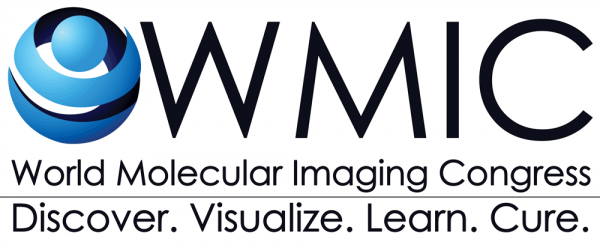Neurovascular Analysis of the Aging Murine Brain using 3D in vivo Gadolinium Micelle-Enhanced Magnetic Resonance Angiography
Lindsay K. Hill, New York University School of Medicine
Introduction
Abnormal changes in the neurovascular architecture are associated with numerous conditions including tumors, Alzheimer’s disease, and diabetes. Pre-clinical mouse models are invaluable in our understanding, diagnosis and treatment of such conditions, but we have yet to see a longitudinal assessment of neurovascular changes in wild type (WT) control mice. Contrast enhanced-magnetic resonance angiography (CE-MRA) utilizes an exogenous contrast agent to study neurovasculature clinically and pre-clinically with little hemodynamic-dependence. Here, we implemented 3D in vivo CE-MRA to longitudinally study the neurovasculature of aging WT mice. This study provides insight into the normal aging process in WT mice and could serve as a baseline for future studies of neurovascular disease models.
Materials and Methods
Gadolinium (Gd)-bound micelles were synthesized to serve as a blood pool agent via a previously described thin-film method1 combining Gd-DPTA, polyethylene glycol, and Rhodamine B-bound lipids. Assessment of size, relaxivity, and plasma half-life confirmed the imaging potential of this compound. Gd-micelles were administered via femoral injection into female WT C57BL/6 mice; the most widely used inbred strain for models of human disease2. Twenty-seven micelle-administered mice were imaged between ages 2-to-26 months (mo). A subset of mice was aged and imaged at 2-4mo, 14-16mo, and 24-26mo to assess variability in neurovascular changes of individual mice.
Angiograms were acquired on a 7-Tesla Bruker micro-MRI system with an 87-minute (100µm)3 isotropic resolution scan. Neurovascular analysis was applied to anatomically identifiable regions following brain alignment with software by the Mouse Imaging Center (Toronto, Canada)3 and tools developed by the Montreal Neurological Institute (Montreal, Canada). Neurovascular changes were quantified using intensity-based vascular thresholding and segmentation (see figure).
Results
Quantification of the whole brain showed a significant decrease in detectable neurovasculature between the 2-4mo and 14-16mo groups (p<0.01, one-way ANOVA plus Bonferroni test). A reduction was again seen in the second year of aging. We also quantified the neurovascular changes of the cortex, circle of willis, and sagittal midline and found a significant reduction during the first year of aging and further reduction in the second year. However, the hippocampus showed no significant neurovascular changes.
Conclusion
Gd micelle-enhanced MRA allowed for the detection of an overall decline in the neurovascular volume of aging C57BL/6 mice. To our knowledge, this is the first report of an age-dependent neurovascular reduction in longitudinally monitored WT animals. These unexpected results stress the need to establish a baseline using control animals of the same background when studying transgenic models of neurovascular diseases. Such reductions may also explain age-dependent changes in cerebral blood flow and function.
References
1.Briley-Saebo KC, et al. Circulation 2008.117(25):3206-15.
2.Mouse Mutant Resource Web Site, The Jackson Laboratory, Bar Harbor, Maine.
3.Friedel M, et al. Frontiers in Neuroinformatics 2014.8(67):1-21.
